2024 was the ‘year of elections’ with governments representing over half the world’s population being voted in. At first glance it has the look of an early 2000s tribute year: a Labour government is in power in the UK, Eurosceptic parties make gains in the EU, a Republican president is re-elected to the White House and Vladimir Putin is Russia’s head of state. So far, so 2004. Yet the underlying details of those events also reveals a world that’s in a rather different place.
In chemistry too, there are signs that the cycle of history is repeating. Concerns around the future of the subject, for example, are once more at the fore. But digging into the detail also uncovers how things have progressed. As we’ve been marking our 20th anniversary this year we’ve been looking back at what’s happened since our first issue in 2004. At the most granular level, these trends are composed of individual chemists, and in our recent feature we’ve completed a collection we began earlier this year – sharing 20 stories from chemists who have lived and worked through those two decades.
Despite the clear need for chemistry’s contributions, there are indications it faces a period of difficulty
Each of these stories is an example of the ways chemistry and society have changed in response to each other. For example, the UK’s move away from nuclear energy now seems shortsighted as countries look for ways to generate energy without carbon emissions, and to reduce reliance on Russian energy exports. A global pandemic has changed the way we work, which has created new opportunities for education in lab courses and active learning. The 2008 financial crash forced many chemists to find new career paths, and an ecosystem of entrepreneurs and SMEs sprang up as universities sought to monetise their research, creating a growing economic sector built on the innovative promise of IP.
Over time, chemistry research has evolved too, as new knowledge is gained and discoveries are made. But its course is also guided by both governments and society. The Epsrc’s portfolio currently has grant funding for chemistry somewhere north of £400 million, which compares to around £30 million in 2004 (about £50 million adjusting for inflation). That’s a big increase, although chemistry’s slice of the whole pie has stayed roughly the same. Labour’s recent budget has promised to increase funding for R&D, recognising its role in delivering economic growth and also in solving societal challenges. And those priorities are reflected in chemistry research trends: in 2004, topics such as asymmetric catalysis and total synthesis were among the most popular in terms of papers published in chemistry. In 2024, its energy materials, hydrogen production and catalysts for CO2 reduction.
We can’t predict the future – we can only prepare for it
Yet despite the clear need for chemistry’s contributions, there are also indications that chemistry is facing a period of difficulty as it did in 2004, with undergraduate numbers decreasing and departments threatened with closure. 20 years since the current funding arrangements for university degrees was introduced, the recent UK budget did deliver some succour for hard-up HEIs by raising the cap on fees, but in some cases it’s already too late. To balance the books some universities are looking to shutter expensive chemistry departments or courses and a similar trend is evident in the US. The universities of Hull, Aston and Central Lancashire have all made such proposals. Thankfully, the University of Reading recently made the decision not to pursue the same route.
There are also broader trends here influencing students’ choices. Computing, for example, has seen a huge increase at school and university level in recent years and over the past two decades the big tech firms have been the only new names to join the banks and oil giants among the world’s biggest companies. Developments such as the ascendent AI have great potential (as this year’s Nobel prizes showed) and grants for AI currently represent the Epsrc’s single-largest pot at just over £500 million. But the stories of the chemists in this issue also underline how chemistry and chemists are continually contributing to a healthier and more sustainable world for us all.
The challenge for governments and universities now is to chart a course through this changing landscape. If our retrospective shows anything it’s that we can’t predict the future – we can only prepare for it, and short-term fixes often come at the expense of long-term prospects and prosperity. We need leadership to ensure that the balance of skills and workforce we are building today can deliver chemistry’s potential in the future.






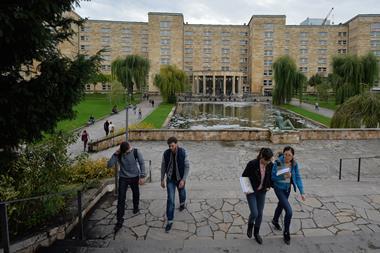
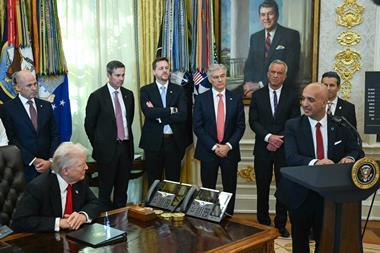
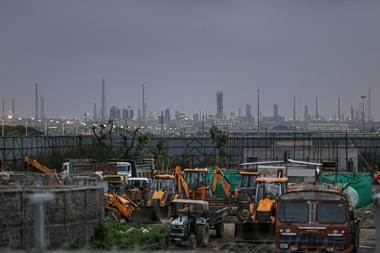

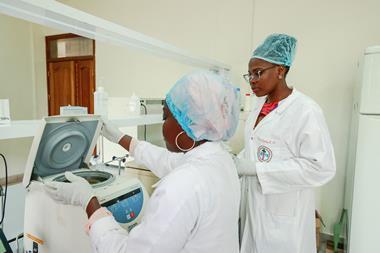
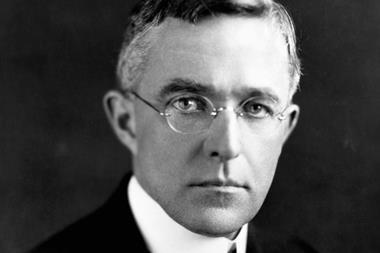





No comments yet